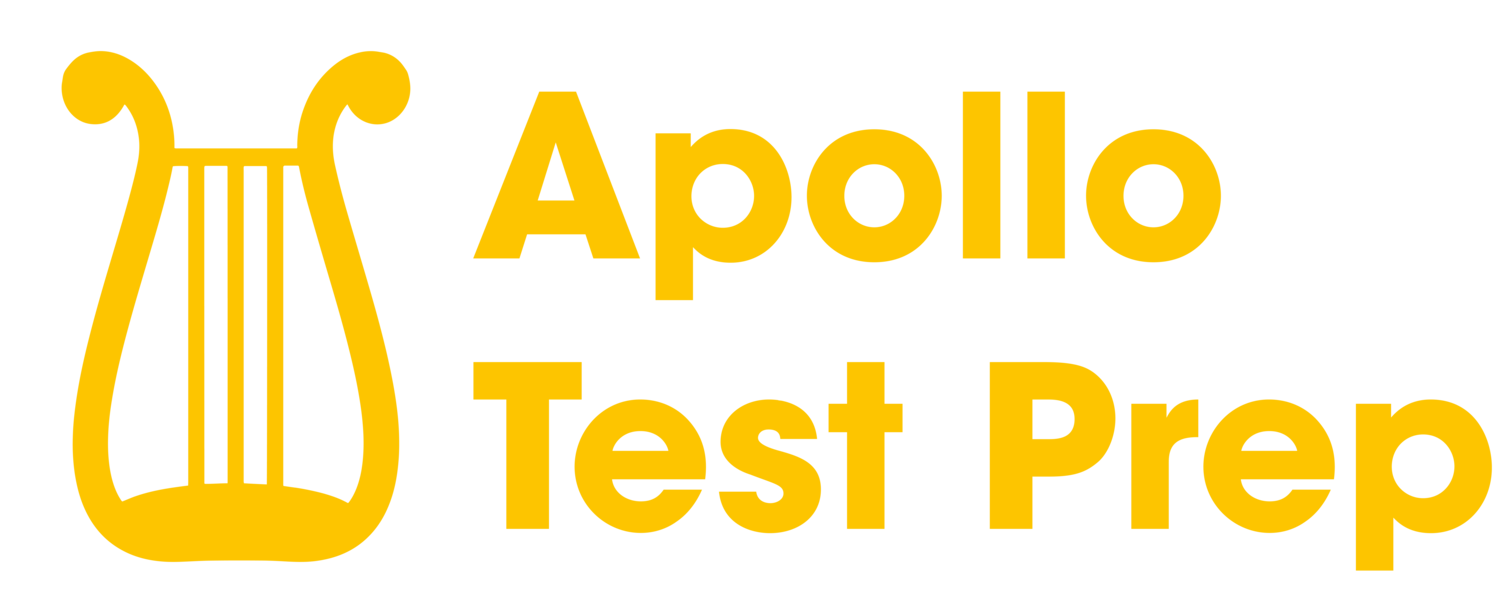LSAT Explanation PT 29, S4, Q18: All actions are motivated by self-interest,
LSAT Question Stem
Which one of the following most accurately describes an error in the argument's reasoning?
Logical Reasoning Question Type
This is a Flaw question.
Correct Answer
The correct answer to this question is B.
LSAT Question Complete Explanation
First, let's analyze the argument in the passage. The passage is structured as follows:
Premise: Any action that is apparently altruistic can be described in terms of self-interest.
Example: Helping someone can be described in terms of self-interest (hope for a reward or other personal benefit).
Conclusion: All actions are motivated by self-interest.
The argument's reasoning is flawed because it assumes that just because an action can be described in terms of self-interest, it must be motivated by self-interest. This is an important distinction, as it is possible for an action to be described in self-interest but not necessarily motivated by it.
An "Evaluate" question for this argument would be: "Is the ability to describe an action in terms of self-interest sufficient to determine that the action is motivated by self-interest?"
Now let's discuss the answer choices for the Flaw question type. The correct answer is B.
A) The term "self-interest" does not shift in meaning throughout the argument. It maintains a consistent definition, so this choice is incorrect.
B) This answer choice correctly identifies the error in the argument's reasoning. The argument takes evidence (the ability to describe actions in terms of self-interest) that merely shows the conclusion could be true and treats it as evidence that the conclusion is in fact true. This is the flaw in the argument, making this choice the correct answer.
C) While the argument does not explicitly explain "reward" and "personal benefit," these terms are not central to the flaw in the argument's reasoning. The main issue is the assumption that description in terms of self-interest equals motivation by self-interest. Therefore, this choice is incorrect.
D) This answer choice is confusing and does not relate to the stimulus. The argument does not ignore the possibility that what is taken to be necessary for a certain interest to be a motivation actually suffices to show that that interest is a motivation. In fact, the argument claims that the ability to describe an action in terms of self-interest is sufficient to show that the action is motivated by self-interest. This choice is incorrect.
E) The argument's appeal does not solely depend on the emotional content of the example cited. The example is used to support the premise, but the flaw in the argument's reasoning is the assumption that description in terms of self-interest equals motivation by self-interest. This choice is incorrect.
